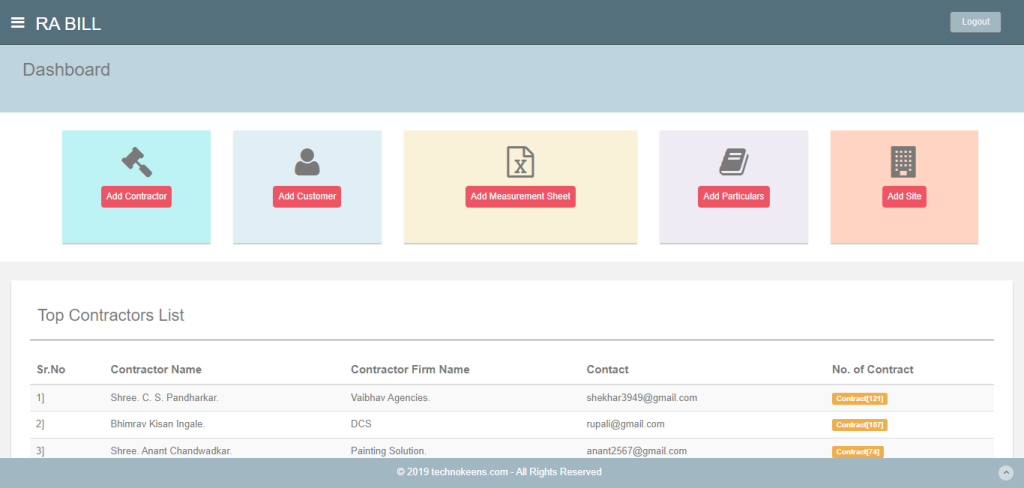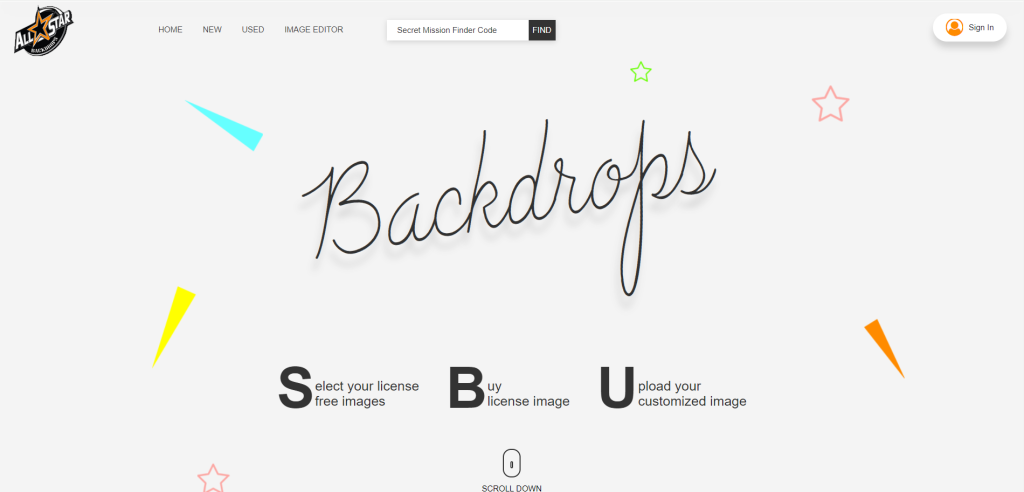Digital Prototyping
Technokeens: Simulating User Experience for Effective Product Development and Testing
Digital Prototyping involves creating a simulation of a product, which can be a website, app, or software. This prototype is an interactive model that allows designers, stakeholders, and users to experience and test the product’s features and functionality before full-scale development.
Overview
From Concept to Reality: Harnessing the Power of Digital Prototyping for Efficient Design Validation
The prototyping stage is an essential step in the design process, and it begins once the basic structure and design elements are in place. During this stage, designers create prototypes that can range from low-fidelity sketches or wireframes to high-fidelity, fully interactive models that closely resemble the final product. These prototypes serve as visual representations of how the final product will look and function, providing a hands-on experience of the design and flow.
Digital prototyping offers numerous advantages, one of which is the ability to test and validate ideas quickly and cost-effectively. Designers can gather feedback from stakeholders and users at an early stage in the development process, allowing them to identify any potential usability issues or design flaws. This feedback is invaluable as it enables designers to make informed decisions and make necessary revisions early on, thus reducing the time and resources spent on revisions later in the development cycle.
Furthermore, prototypes can also serve as effective communication tools, allowing designers to share their ideas and concepts with clients, stakeholders, and team members. By having a tangible representation of the design, it becomes easier to articulate and discuss various aspects of the project, such as user flows, interactions, and visual aesthetics.
Another benefit of prototyping is the ability to test the user experience (UX) and gather valuable insights. Through user testing, designers can observe how users interact with the prototype, identify pain points, and understand their needs and expectations. This information can then be used to refine and improve the design, ensuring that it meets the intended goals and provides an optimal user experience.
Prototyping also plays a crucial role in facilitating collaboration among team members. By creating interactive prototypes, designers can gather input and feedback from developers, product managers, and other stakeholders. This collaborative approach fosters a shared understanding of the design vision and promotes creativity and innovation.
In addition to the digital aspect, physical prototyping can also be utilized, especially for products that involve tangible components or physical interactions. Physical prototypes allow designers to assess factors such as ergonomics, materials, and manufacturing feasibility. They provide a hands-on experience that helps identify any potential issues or improvements that need to be addressed before moving forward with production.
In conclusion, prototyping is an indispensable step in the design process. It allows designers to visualize and refine their ideas, gather feedback from stakeholders and users, test the user experience, facilitate collaboration, and ensure the feasibility of the design. By investing time and effort in prototyping, designers can significantly enhance the success and quality of their final product or solution.
Industries

Innovative Collaboration through Interactive Prototyping in Product Development
Prototyping also fosters collaboration between designers, developers, and other team members. It provides a tangible, interactive representation of the product that everyone can review and discuss. This collaboration can lead to innovative solutions and ensures that all team members are aligned on the vision and direction of the product.
Imagine a world where production lines self-optimize, where supply chain glitches are detected and rectified before they escalate, and where design teams collaborate seamlessly with manufacturing units. This is not a distant dream but a reality that Technokeens promises.
Impact
Iterative Digital Prototyping: Enhancing User Experience through Continuous Design Refinement
Digital prototyping is not a one-time task but an iterative process. As feedback is gathered and changes are made, new versions of the prototype are created and tested. This iterative cycle continues until the design meets the required objectives and provides an optimal user experience.

Related Case Studies
Take a look at
these related case studies

Renovation System Pro
Introducing a comprehensive project management and financial solution for the renovation industry, designed to streamline resource management, predict uncertainties with AI-driven anomaly detection, and facilitate financing through credibility analysis and fintech collaboration, complemented by a simplified and transparent bidding platform for project and property owners

House Owner Management System
Explore the challenges faced by property owners like Mr. Johnson who juggle the complexities of managing a portfolio of rental properties, and society owners struggling with the demands of overseeing community operations, as they both seek efficient systems to streamline task management, communication, and organizational responsibilities.

E-Painter

E-Tender

ASBD All Star Backdrop

Student Management System

E-Commerce Grocery Store

Investment Advisory Service

Taxi Booking App

Estimate Generator And Management Portal
Government employees, specifically junior engineers, are responsible for creating and managing estimates in an Excel sheet. This process involves using specific formulas for calculations. However, due to the large amount of data and records, searching, deleting, and updating records is a lengthy and time-consuming task.

Student Management System

